Introduction
Are you tired of chiseling hieroglyphics into rock-hard walls? Fed up with sore hands from endless hammering? Imagine a simpler way to write—well, the ancient Egyptians found one. Introducing papyrus: the revolutionary writing material that changed history.
What Is Papyrus?
Papyrus was the ancient Egyptian version of paper, used thousands of years ago. Unlike modern paper made from trees, papyrus was crafted from a reed that grew abundantly along the Nile River. This reed was called—yes, you guessed it—papyrus.
It’s important to distinguish between papyrus the plant and papyrus the paper. Just like we have “orange” the fruit and “orange” the color, the Egyptians had papyrus the plant and papyrus the writing material. The plant was not only used for writing but also for making boats, shoes, baskets, and even clothing.
Why Papyrus Was Needed
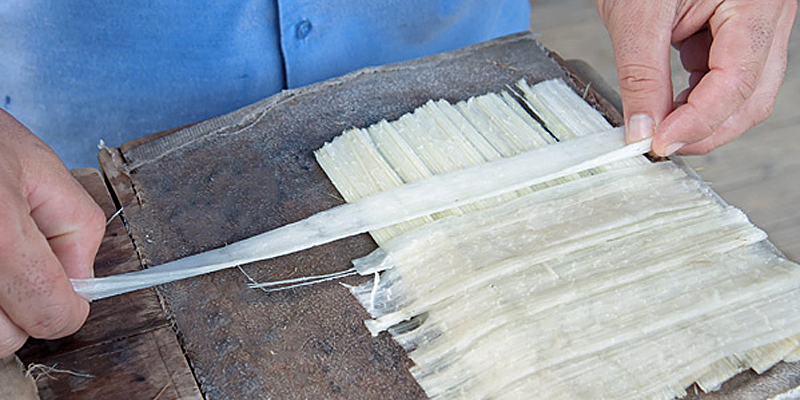
Carving hieroglyphics into stone was a time-consuming and physically demanding task. Carrying rocks to school wasn’t exactly practical either. Papyrus offered a lightweight, flexible, and much easier surface for writing, making it a game-changer for communication and record-keeping.
How Papyrus Was Made
The process of making papyrus was both delicate and ingenious:
- Harvesting the Plant: The papyrus plant was cut into stems. The tough green outer layer was removed, leaving the softer inner part.
- Cutting into Strips: The inner part was sliced into thin strips. These strips contained water and needed to be dried.
- Removing Moisture: Ancient Egyptians used wooden hammers to gently press the strips and remove excess water. Today, rolling bins make this step easier.
- Soaking and Sweetening: The strips were soaked in pure water for seven days to reduce their sugar content from 20% to 5%. This made them naturally sticky, allowing them to bond without glue or chemicals.
- Weaving the Strips: The strips were laid out in a crisscross pattern—horizontal and vertical layers—between two pieces of cloth.
- Pressing and Drying: The woven sheets were pressed for another week. In ancient times, heavy rocks were used instead of modern machines. After drying, the result was a durable, flexible sheet of papyrus.
The Durability of Papyrus
Papyrus was incredibly resilient. It accepted all kinds of inks and paints—water-based, oil-based, even gold. Some papyrus documents have survived over 5,000 years and still look remarkably well-preserved, as seen in the Egyptian Museum. (British museum)
Uses of Papyrus
Papyrus was primarily used for writing hieroglyphics, but its versatility extended far beyond that. It was also used to make boats, baskets, sandals, and even garments. Its role in ancient Egyptian society was both practical and cultural.
Conclusion
Papyrus was more than just a writing surface—it was a symbol of innovation and adaptability. The ancient Egyptians’ clever use of natural resources helped them build one of the most enduring civilizations in history.
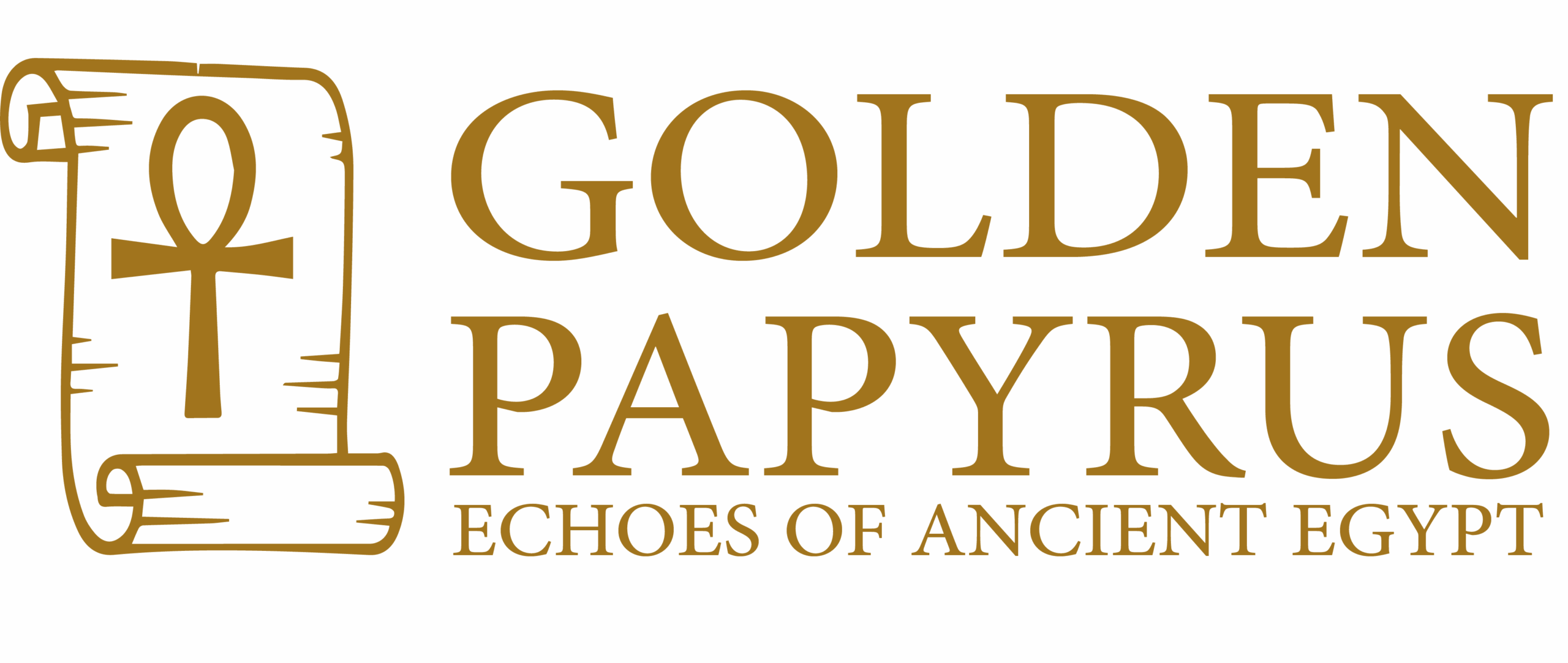
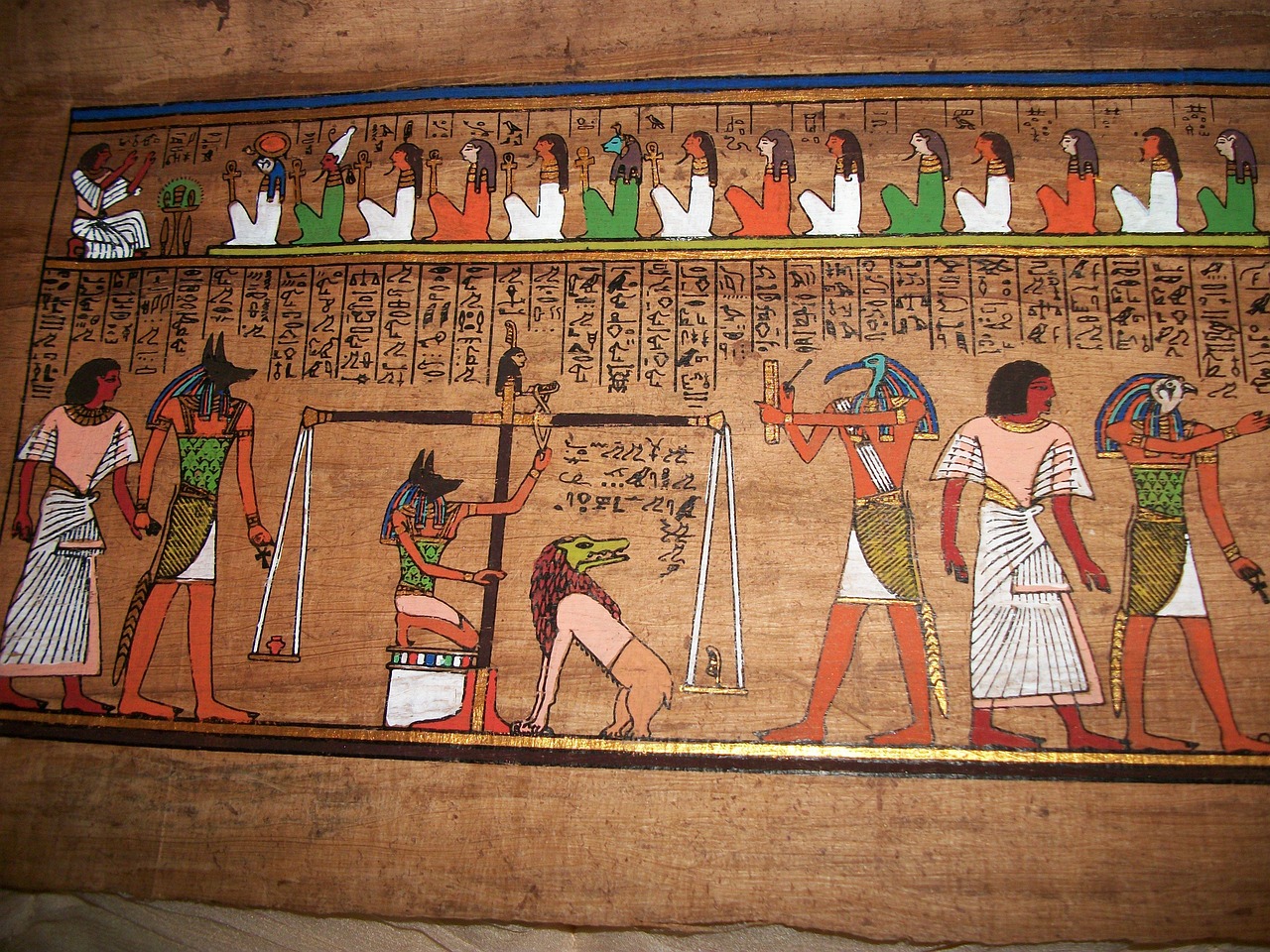
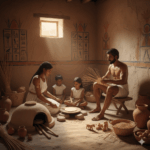
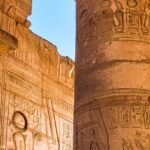
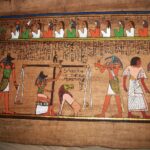
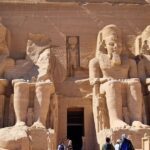

Leave a Reply